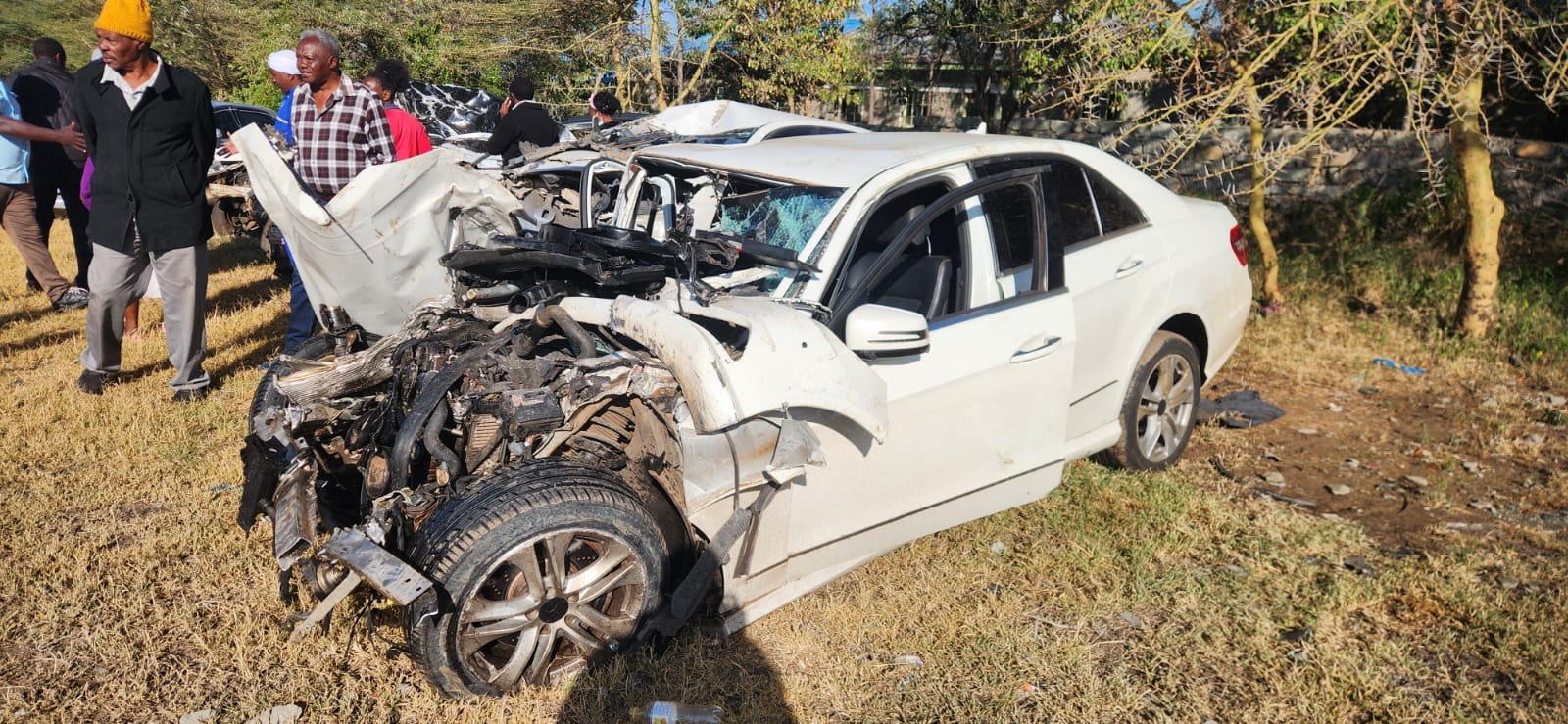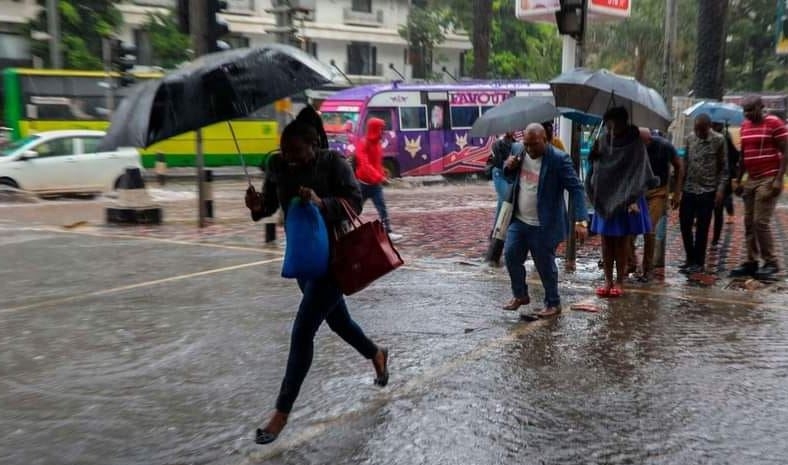The single greatest threat to humanity at this point in history is not nuclear war but climate change.
Such at any rate is the broad consensus of all reputable scientists.
But few of us wake up every morning dreading the consequences of climate change. We prefer to act as though there is in fact no such threat.
This explains why environmental policy is perhaps one of the most difficult things for any government to get right. The threats are usually still some distance away. But action is required more or less immediately.
It creates a situation in which there is no short-term political cost in ignoring these environmental threats. But when the bill comes due some years later, the economic and political cost will have gone up exponentially.
A local example of this phenomenon concerns the iconic “wildebeest crossing of the Mara River” as it is promoted in tourism circles.
Back in the 1980s, the Daniel Moi government decided to settle “landless Kenyans” on the slopes of the Mau Forest complex.
This forest not only has some of the highest annual rainfall in Kenya but is also the largest indigenous montane forest in all East Africa. Thus, it is the point of origin of many rivers, including the Mara River.
Environmentalists supported by leaders of the Maasai community opposed all such settlement, arguing that the destruction of the forest would lead to a devastating drop in the amounts of water flowing down the Mau Forest slopes. And that this in turn would interfere with not only tourism but also the availability of water for livestock and agriculture.
The concerns of the Maasai and the environmentalists were ignored. But by 2002 (roughly 15 to 20 years later) the consequences of that short-sighted and environmentally disastrous decision to create settlement schemes on the slopes of the Mau forest had become clear.
Not only was there far less water flowing downstream along the Mara River, but there was one year when the Mara River effectively dried up. This left the wildebeest and zebra which undertake the annual migration to simply walk across the dry riverbed, instead of having to dramatically leap into swirling waters, and swim across while trying to avoid giant Nile crocodiles that lay in wait.
Kenya’s most iconic tourism experience has been dealt a devastating blow.
And so, under a new political administration, there was a mass eviction of those who had settled within the Mau forest complex. It was a tragic sight, as not only individual homes, but also churches as well as schools, were set on fire by paramilitary police to force the settlers to leave.
When the evicted farmers showed journalists their title deeds and urged them to bear witness to this injustice, one government minister of the time declared that such title deeds were “merely pieces of paper”.
Thus, thousands of small-scale farmers were reduced to camping on muddy roadsides in the rain, with nowhere to go after they had been evicted from land for which they possessed title deeds.
The political consequences of this tragedy are with us to this day and have had undoubted impacts on presidential elections ever since.
Well currently, there is another failure of environmental policy in the making, this time in the Aberdares forest range. And this too involves interference with a pristine montane ecosystem, only this time it is a road being built through the Aberdares National Park, when all environmental policy logic argues for it to be routed around the park.
Here the consequences will not be just on tourism, but also on the water supply to Nairobi.
And I predict that if indeed this ill-advised road project proceeds to completion, in another 15 or 20 years, a future Kenyan government will have to reverse the decision that was made to build this road through the park.
The road through the Aberdares currently being built at such great expense, will be merely an access road for those visiting the park.
And in obedience to environmental logic, a new road will have to be built, which goes around the park.















